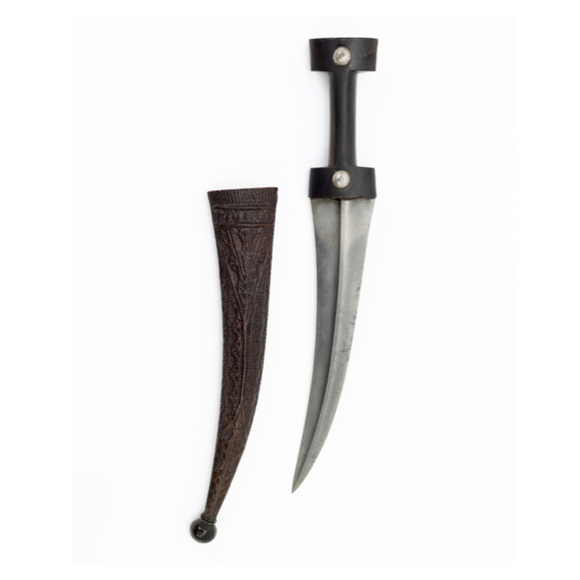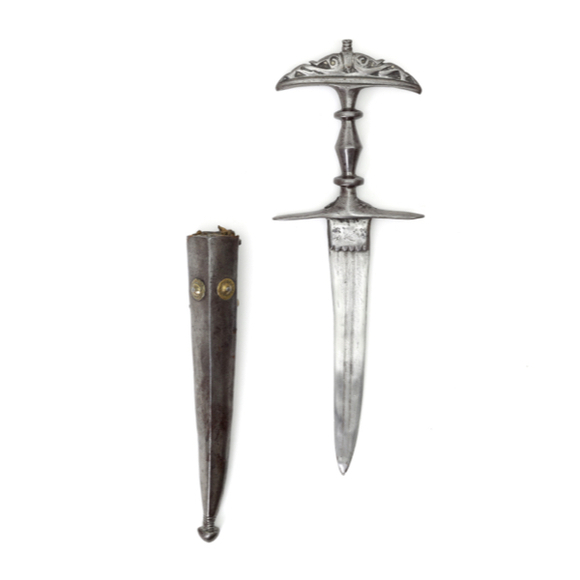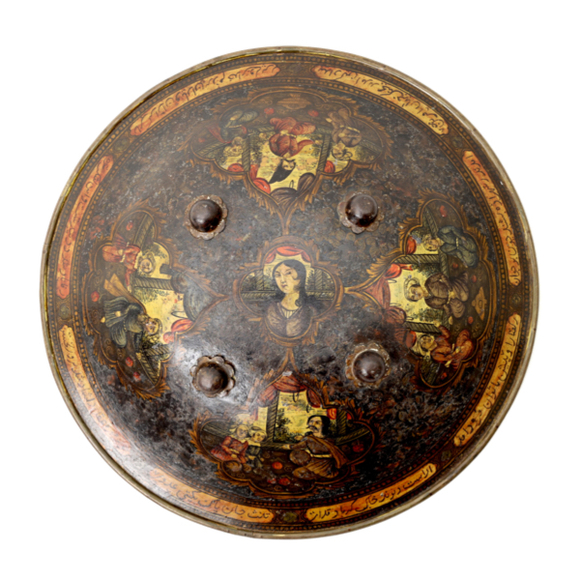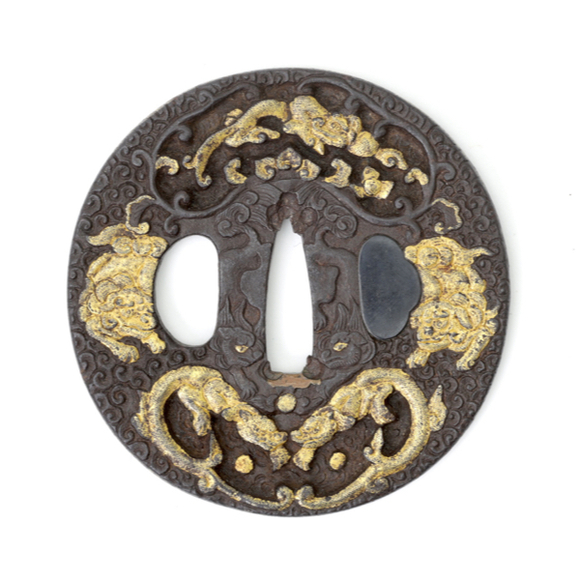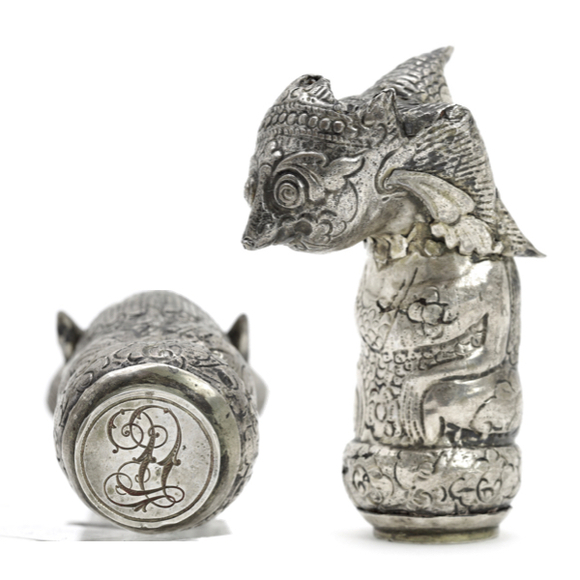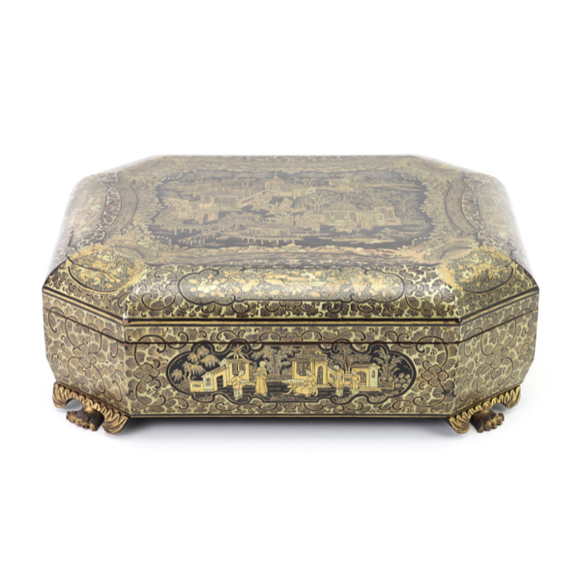This unassuming dagger has one of the finest wootz blades with a tight ladder pattern.

Sheathed 50 cm
Dagger 40 cm
27.2 cm
Base 6 mm
Middle 4 mm
5 cm from tip 4 mm
Base 40 mm
Middle 33 mm
5 cm from tip 15 mm
Sheathed 744 grams
Dagger 402 grams
1.8 cm from hilt
Iron, steel, wood, silver, gold, velvet
Of Ottoman make, for Yemeni market
19th century
American private collection
Introduction
Sabiki is the Yemeni term for a large sword-like variety of the jambiya, the Arab dagger. They are also known as Wahhabite jambiya named after the Wahhabi fundamentalists who were known to wear them. The sabiki is mostly associated with the Asir and Jizan region in the southwest of the Arabian peninsula but was in wider circulation.1

People from Hejaz, the "Western Province" of Saudi Arabia.
The man is carrying his large sabiki in front of him.
From: Les costumes populaires de la Turquie en 1873
published by the Imperial Ottoman Commission for the
"Exposition Universelle" of Vienna in 1873.
Photo by Pascal Sebah.
Notes to introduction
1. Stephen Gracie; Jambiya, daggers from the ancient Souqs of Yemen. Stephen Gracie Pty. Ltd. 2017.
This example
This exceedingly fine example is about as good as this type of dagger can get. It has a substantial curved multi fullered blade, profusely inlaid with gold, and blackened for contrast. On both sides, also inlaid in gold, is a cartouche with one of the 100 names of Allah.
Hilt and scabbard are made of substantial silver, thickly fire-gilt. Almost all the gold still remains, except on some of the high spots that are more susceptible to wear. In the center of the scabbard is a piece of yellow velvet, repeated at the scabbard's mouth.
The whole is decorated with work on repousse, finely detailed. The reverse of the hilt is chiseled in crisp detail with a fish-scale pattern.















A nice example with unusually fine lacquerwork and a monogram in the lid.

